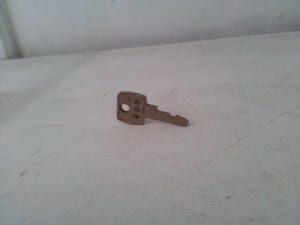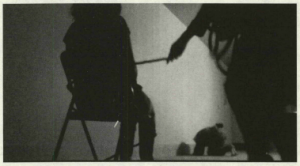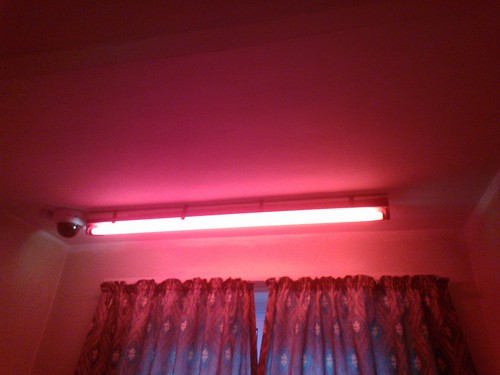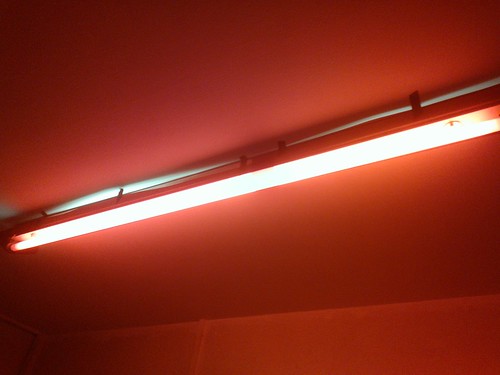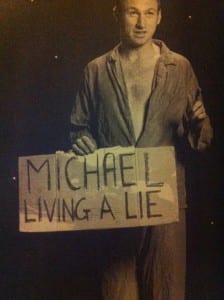We enjoyed the idea of revealing a message, however, we thought we could be more creative with this take more advantage of using the CCTV during different times during the day. The title of the Site Specific piece is ‘Safe House’ so we began to question two people where they are most comfortable in their house/flat student accommodation.
We questioned this because, like in the Safe House, we are not permanent residents but we are simply there temporarily and can get attached to one room. Like the two on the video getting attached with their bedrooms, we are most comfortable in the CCTV room as that is where we spend most of our time during rehearsals.
From getting this information, we wanted to challenge the meaning of Safe House and making the audience feel uncomfortable when watching our pre-recorded footage. The definition of Safe House is “a dwelling or building whose conventional appearance makes it a safe or inconspicuous place for hiding, taking refuge, or carrying on clandestine activities.” ((Institute of Electrical and Electronics Engineer IEEE: Dictionary.com, “safe house,” in Collins English Dictionary – Complete & Unabridged 10th Edition. Source location: HarperCollins Publishers.http://dictionary.reference.com/browse/safe house. Available:http://dictionary.reference.com. Accessed: March 26, 2013)) . We wanted to take the aspect of hiding in the house so we have played around with using darkness with the CCTV. To do this, we film inside the house at night time. Doing this was interesting because we all of a sudden felt a sense of fear of going through the house just because of the darkness and due to being unfamiliar with the other rooms. Over the top of the recordings, we have found quotes for various books to describe the thoughts and feeling of being invisible in the darkness.
We looked at “The Invisible Man” By Ralph Ellison which expresses the thoughts and feelings of an African man in society and how he feels invisible compared to the rest of his society in the twentieth century. “I am a man of substance of flesh and bone, fiber and liquids” ((Ellison, Ralph, 1947 The Invisible Man, Penguin Books, New York p7)) . Using this would link wonderfully without CCTV recordings as you can see a silhouette of a body during the footage but only when the body is moving or light shone on them you notive there is a human there. We looked at other books to find this sense of hiding and invisibility:
- The Invisible actor By Yoshi Oida & Lorna Marshall ((Oida, Yoshi. Marshall, Lorna 1997, The Invisible Actor. Cox & Wyman, Reading Berkshire))
- How I Became Invisible By David Rattray ((Rattray, David 1993 How I Became Invisible , Semiotext,U.S.: Central Bks))
Among quotes from these texts, we created our own words to record and say over the footage for the final edit for the video to create a narrative. We edited the text also to focus it on feminist views instead so we could connect more with the text we had found and going to write.
When creating this, I also realised how much in common it has with my own work of Liminal, Compact and Ignored spaces and the sense of hiding but wanted to be seen in the space. Because of this, I have decided to place some of this work in the CCTV room on the cord board along with the pre-recorded CCTV video.
